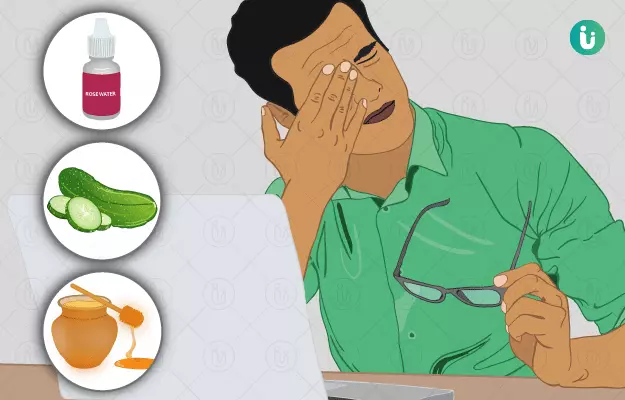The overworked and overstressed generation of the modern century has invited for itself a number of ailments along with success and modernisation. If you are thinking about pollution, obesity and chronic diseases, you are going in the right direction. Though there are things more basic than that. Eye pain, for one, is such a common symptom that most of us keep on ignoring until it starts pressing on or interfering with our daily activities.
The most common reason for eye pain is long screen times and exposure to bright light, but persistent and long-term pain in or around the eye may be a manifestation of an underlying condition. Allergies, conjunctivitis, dirt or cut in the eyes and a stye are pretty common causes of eye pain though it may also be caused due to a migraine or sinusitis. Other disorders that may show up as eye pain include glaucoma, optic neuritis or iritis.
The first step would be to find the cause of pain because after all the cause will only determine your treatment, right? You can’t just put a cold compress on a sinus eye pain.
Once you figure out the reason for your pain and rule out any disorder, you can try some easy remedies at home to relieve some pain.
Listed in this article, are some of the ways you can get rid of your eye pain naturally and easily.













